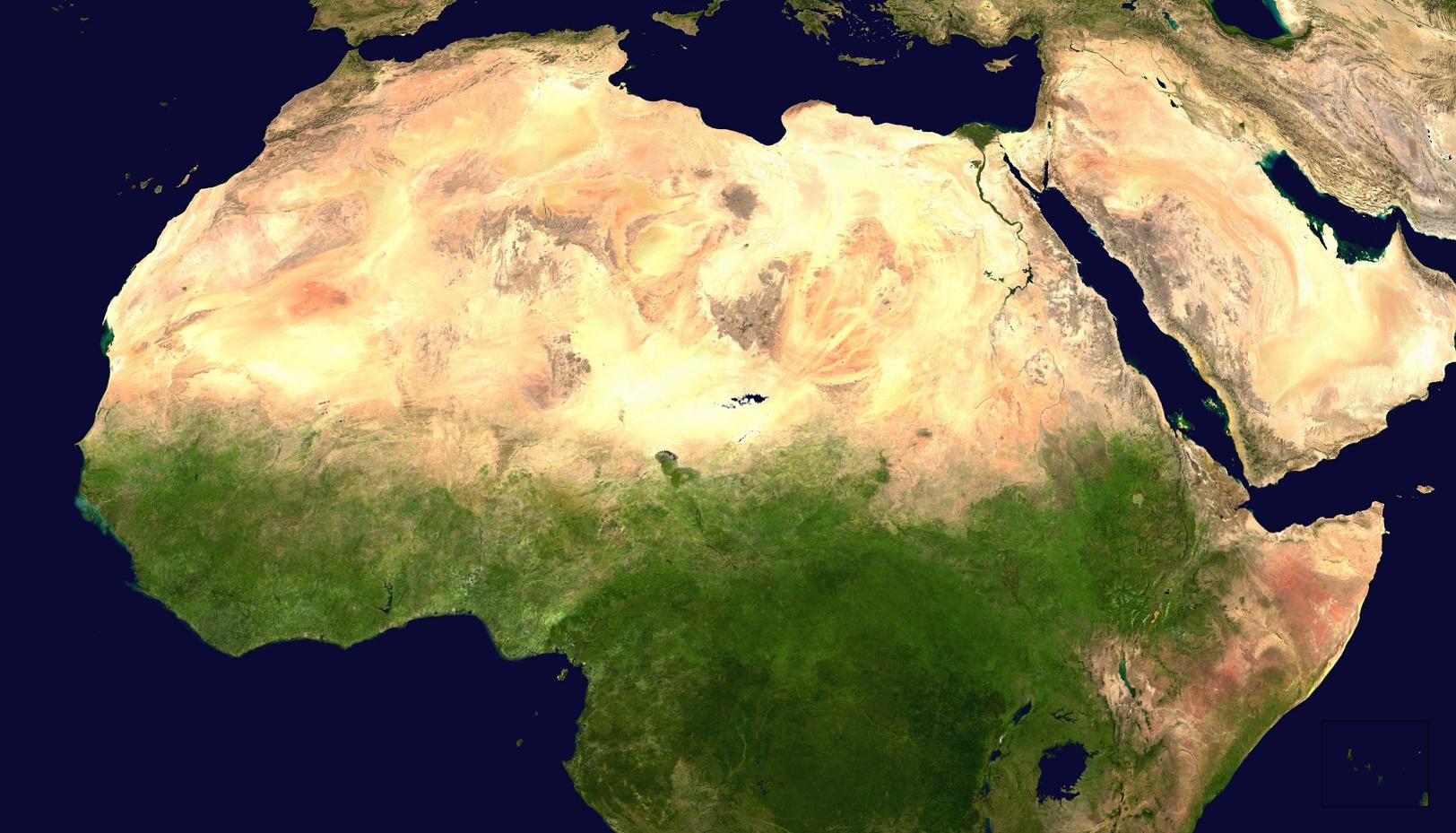

“I have the best job in the world,” says Dr. Scott Benson as he begins to describe his journey from being an environmental engineer, to a medical doctor, to working on the front lines of public health in the developing world. “My work allows me to deal with the whole spectrum of human health. As a doctor, I can treat the patient. As an engineer, I can examine and reorganize the systems so that people don’t get sick in the first place.” Dr. Benson learned this approach to dealing with public health through working on the ground in the Dominican Republic, Peru, India, Pakistan, and most extensively in Ghana. He now serves as an Assistant Professor at the University of Utah’s School of Medicine specializing in infectious disease.
Dr. Benson’s experience has taught him that solutions to public health issues in the developing world are often surprisingly simple. It is often a matter of tracing the root cause of the illness, and the most crucial systems to study in disease prevention are those dealing with water delivery and sanitation. Most infants and children in the developing world die from waterborne pathogens that could be prevented through better sanitation. Studies by the United Nations and the World Bank identify water-related diseases as one of the world’s most pressing—and preventable—public heath crises.
“Many diseases around the world could be prevented through the design and implementation of better systems,” explains Dr. Benson. “The lens of an engineer is a different perspective on disease. The doctor looks to cure the patient; an engineer looks to find ways to redesign systems so that communities aren’t exposed to the elements that are making them sick in the first place.” This approach to public health requires a high level of local community involvement and trust. Dr. Benson views this community engagement as the key to success in any international development program. “Communities need to be involved, to understand the benefits of clean water and sanitation, to have a voice.”
Dr. Benson uses a project in the African village of Barekuma as an example of gaining successful community buy-in. A group of international donors were interested in helping the rural Ghanan community gain access to clean drinking water. Before moving forward, he and his team sat down with local leaders to listen to the concerns of the community. From the local tribe’s perspective, clean drinking water was of secondary concern compared to a massive outbreak of schistosomiasis. Schistosomiasis is a waterborne parasite that infects over 250 million people around the world, leading to tens of thousands of deaths each year. Seventy percent of the children in Barekuma were infected with the parasite.
The team recast its attention to identifying the root cause of the outbreak: the standing water the children were playing in, and the lack of adequate sanitary facilities at the local school. Engineering a solution to the outbreak became the priority. By adding an eight seat sanitary toilet to the school, and with the help of local villagers, filling in the areas of standing water with gravel, the infection rate amongst the village children dropped for 70% to under 10%. The results of the project were tangible, and encouraged village leaders to take on further water and sanitation projects. “It is important for international development programs to work,” says Dr. Benson, “to deliver.” One key lesson he took away from the experience in Barekuma was the importance of listening to the local community. “My job starts at the community level, and then works from there towards building effective infrastructure that helps solve real community problems.”
It is important for international development programs to listen to local communities, according to Dr. Benson. “A top-down approach to water and sanitation issues isn’t the most effective. The best development programs are working to train local communities to solve their own problems.” If a community understands the benefits of water and sanitation projects, they will work to sustain them. “People just need to know what to do. We have the technology, the know-how, to solve many of the world’s water scarcity and sanitation problems. But it will require a sustain effort.” The key, according to Dr. Benson, is empowering local communities, and building up the capacity of individuals and institutions to meet their own needs and resolve their own problems over the long haul.

